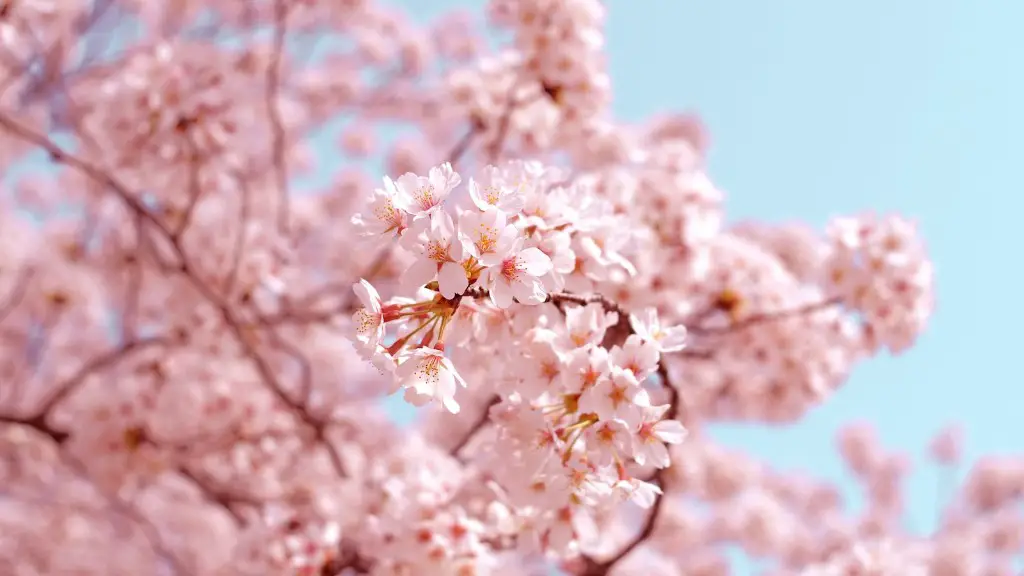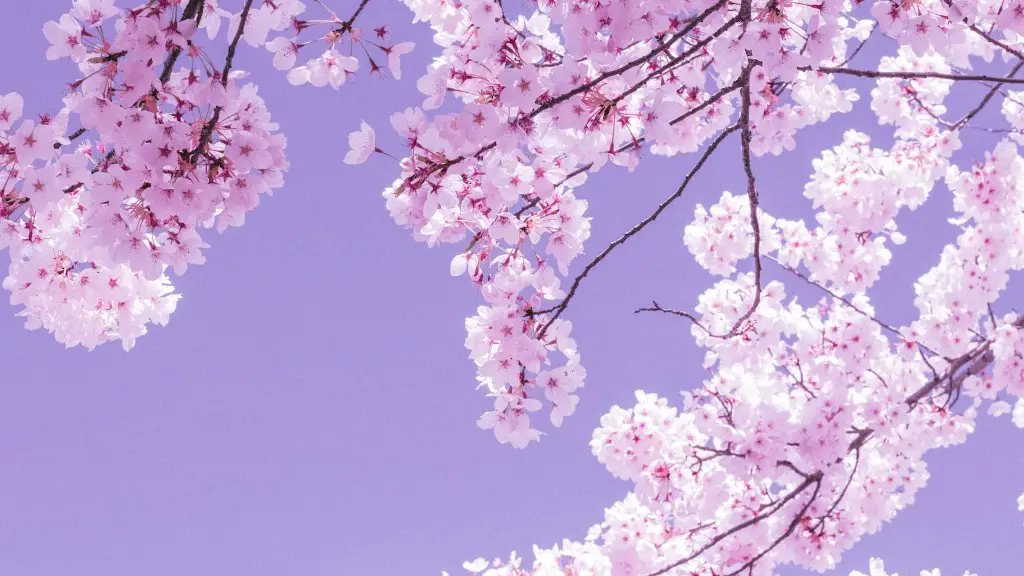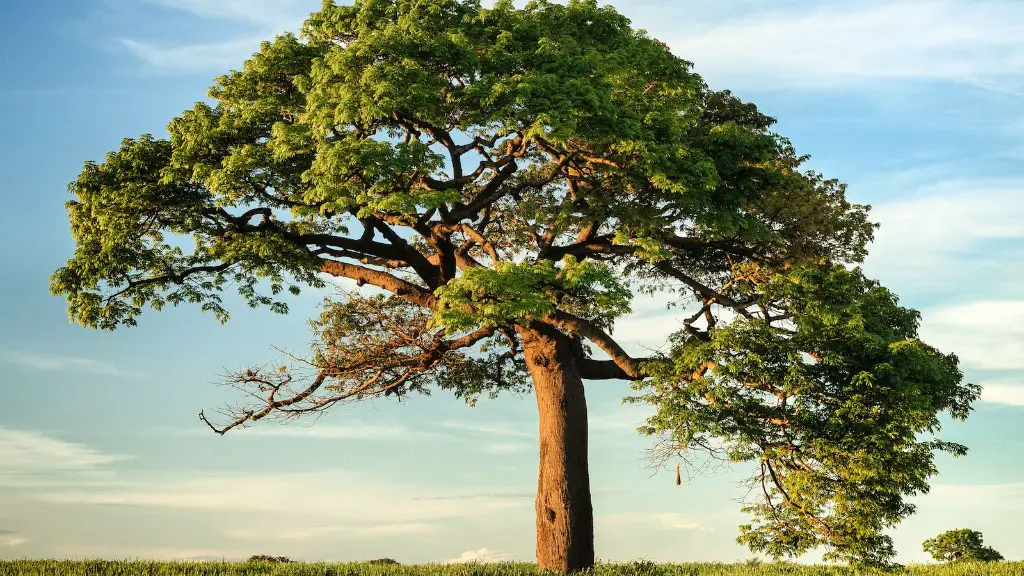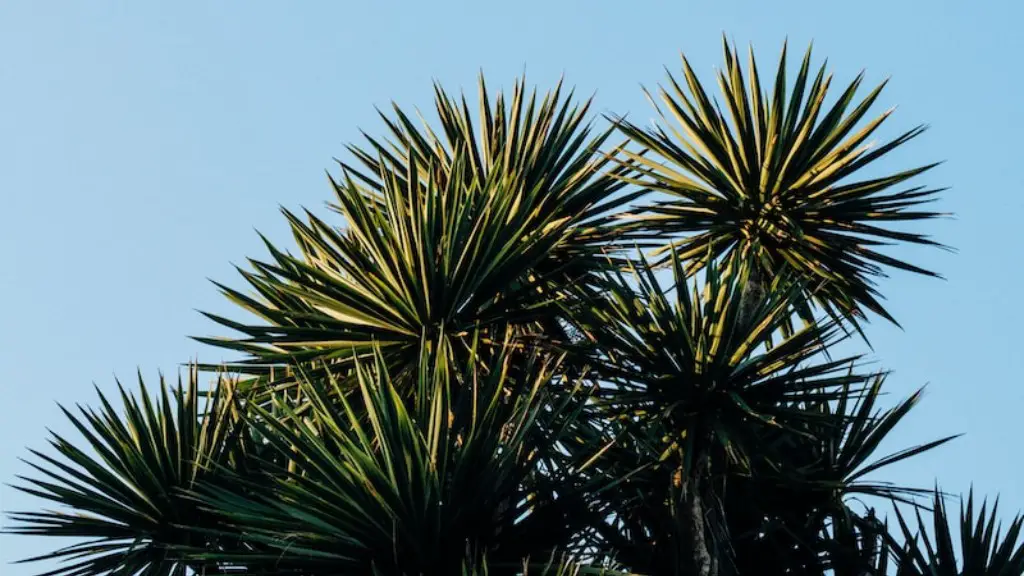Where To Plant A Dwarf Weeping Cherry Tree
Dwarf weeping cherry trees are beautiful and delightful components in any home garden, providing a stunning centrepiece and adding a whole range of colour to the landscape. As such, there are many factors to consider when planting this tree, with the location being integral for success. Read on to learn more about finding the perfect spot for your dwarf weeping cherry tree.
To ensure your dwarf weeping cherry tree gets the best start in life, a sunny position and well-drained soil is essential. Aim to find an area that receives a minimum of six hours of sunshine per day and provides protection from strong winds, as an exposed area is likely to cause damage to the tree. An ideal soil base should be made up of rich organic compost, loam and well-rotted manure. Furthermore, if drainage is a concern, some experts advise filling the planting hole with coarse sand to enable water to pass through efficiently and combat waterlogging.
In terms of the amount of space required for the tree to grow optimally, it will depend on the variety you are planting. Nevertheless, with dwarf trees, the general rule of thumb is to try and plant as close to sunny walls and south-facing positions as possible. This will effectively make use of any extra warmth these areas provide and help to create an environment conducive for growth.
When it comes to selecting the best season for planting, spring is considered the optimal choice, as the recovering soil from winter provides the perfect conditions for absorption of water, nutrients and protection from frost. Researching the species and variety of your dwarf tree is key, as there are some varieties that favour climatic conditions and flower later than others.
Aside from the conditions surrounding the planting of the dwarf tree, it is also worth considering its purpose and location within the garden. For example, if you are hoping to create a focal point within the design, planting one with a low canopy such as a ‘Matsumae Shogetsu’ would make an ideal centrepiece to your space. On the other hand, if you are looking to give a sense of privacy, a taller tree such as a ‘Snow Fountain’ cherry may be more suitable.
Whatever variety you have chosen and wherever you plan to plant it, bare in mind the size of the tree in a few years’ time and whether the position you have chosen is still the most suitable. If not, removing that section of the tree and relocating it is always an option, although this can be difficult with such a delicate plant.
In conclusion, selecting the right location for your dwarf weeping cherry tree requires careful thought and consideration as the conditions of the surrounding space will have a major impact on its success. Learning about the varieties and their specific requirements is essential and taking the time to research before planting will lead to a better outcome for you and your tree.
Watering and Nutrient Requirements for Dwarf Weeping Cherry Trees
The frequency of watering a dwarf weeping cherry tree will depend on the climate conditions, as well as the size, age and variety of the tree. Generally speaking, a newly planted cherry tree should be watered at least once every week or two in periods of warm weather and or total dry spells; to ensure the soil is kept moist and prevent the tree from drying out. If the tree is planted in a container, further attention is required as water and moisture can be lost more quickly.
When it comes to adding nutrients to the soil, much of the tree’s requirements will come from the organic matter, such as compost and manure, used as soil layers. However, additional nutrition can also be supplied through regular feeding if needed. If adding a fertiliser, it is best to ensure it is slow release and makes use of an organic base food such as bone meal or seaweed extract. But, bear in mind just as overfeeding can be dangerous for the tree, lack of food can also be damaging and result in the leaves or blossoms turning yellow. Subsequently, if you believe the soil needs additional nutrients, it is important to take the gradual approach.
Overall, the soil is a vital element of the tree’s health and wellbeing, so regularly checking it for nutrition and moisture levels is a must. Plus, taking into account the amount of sun or shade the tree will receive and the size of the soil 24 months after planting will also be essential for success.
Training and Pruning Dwarf Weeping Cherry Trees
Due to the size and shape of dwarf weeping cherry trees, it is possible to train and prune certain branches and stems without much bother. Doing so can create a more desirable design and help to maintain a certain shape, while also providing a neat and uniform look. Professional pruning should be carried out if attempting any complex design, as incorrect-pruning can damage the tree.
Just like all other pruning methods, where and how much to cut will differ with each tree. But, some key principles to adhere to are removing dead or dying branches, cutting back any diseased wood, shortening the canes or stems to create the desired shape and directing any new growth in a curved or aerial fashion to add structure. Furthermore, once the tree has matured and enters its dormant season, it is advised to clear out some of the crotches, which create strong unions and reduce the chances of storm or wind damage.
Finding the ideal angle for the stems of your dwarf tree is also worth considering, as allowing them to spread out horizontally may provide greater access to sunlight from underneath. Nevertheless, some patience and time are required to discover more attractive and shapely forms which is why pruning should be done gradually throughout the tree’s life.
When it comes to making these cuts, sharp, clean tools are the most reliable choice, as using blunt tools can cause unnecessary damage to the tree’s tissues. If needed, it is also important to seal any wounds created by the pruning process using a neat, natural wound sealer.
Pests and Diseases of Dwarf Weeping Cherry Trees
When it comes to managing pests and diseases, prevention is key. With the dwarf weeping cherry tree, it is always recommended to use biological pest control to limit the risk of introducing pathogens and keep the trees’ immune system strong. As for disease, the most common threats to look out for include: root rot, which affects the tree’s base and is caused by wet and sodden soil; and powdery mildew, which affects the tree’s buds and leaves due to a lack of airflow.
On the pest side, aphids can be the biggest nuisance, however, by making use of natural predators such as ladybirds or praying mantis to combat them, you can keep the population in check. Additionally, keeping the surrounding areas free from weeds and debris is also helpful for deterring insect attacks too.
Overall, managing pests and diseases naturally is the best approach for a healthy dwarf tree. But, if you are concerned about any threats, it is important to consult a professional for guidance and advice.
Winter Care of Dwarf Weeping Cherry Trees
The winter months can take a toll on any garden, however, with the correct preparations, concerns can be lessened and reduce the risk of any damage to the trees.
Firstly, as mentioned previously, garden planning is essential when it comes to the dwarf weeping cherry tree. Planning ahead allows you to anticipate any difficult conditions, particularly during the winter period, which gives more time to prepare. For instance, if your tree is planted in the ground, you can consider adding a layer of mulch to keep the roots safe, control weeds and retain moisture. Additionally, if planted in pots, utilising a wrap made from hessian or old coats is always a wise choice for insulation and protection.
For any dwarf weeping trees grown in colder climates, adhering to general winter maintenance such as pruning and deadheading any foliage is also recommended. Removing any damaged or dead branches, as well as trimming any overly long or crossed stems, should be the first priority, before adding additional fertiliser to promote the health of the tree. Furthermore, water is also important, but this does not need to be done frequently. Despite the cold, most flower buds will remain dormant until bud-break in the spring and so only require watering if conditions become unusually dry.
Overall, with a few thoughtful precautions, the risks of winter damage to the dwarf weeping cherry tree can be managed and will ensure your stunning centrepiece is in the best condition come the spring.



